Frequency of Moving Home in Northern Ireland.
The aim of the project is to shed light on how frequently people move home, and especially about the types of people who change address the most and also the least. This question is prompted by our recent research on England and Wales using the ONS Longitudinal Study to examine change of address between one census and the next, 1971-2011, which itself was prompted by observations of sharp declines in migration intensity in the USA and some other developed countries. This study found that a substantial proportion of LS members stay put between censuses and that this proportion has been increasing, up from 45% in 1971-81 to 55% in 2001-11. Unfortunately, this information cannot answer the question as to whether the total number of address changes has reduced, because it misses multiple moves between censuses, which might have increased in volume over the decades.












